NVIDIA Shield Review: At the Crossroads of PC and Mobile Gaming
by Brian Klug on July 31, 2013 12:14 AM ESTGaming
As a portable gaming device, Shield is rather unique in that it has essentially two different modes of play. The first is to play games purely on the device, in Android, from the Play Store (and from the Shield Store onboard the device which contains links to Play Store applications). These use the full power of Tegra 4 to run and the onboard controls for gameplay. The second is a beta feature – GeForce PC streaming which enables the Shield to act like a wireless gaming controller and display for games played on the desktop.
Let’s start with the Android gaming situation on Shield.
Here NVIDIA is relying on the gaming ecosystem on Android to make the gaming console a viable option. At present NVIDIA advertises it has 131 total games that work well with Shield, 35 of which it has worked with developers to enhance for Tegra (for Shield) and exposed links to in the Shield store. Including those 35 enhanced titles, it has a list of 131 games which it purports work with the gamepad support in Android and thus work well on Shield.
I didn’t get a chance to play with all 131, but chose a smattering of titles from both. Some of the titles that NVIDIA has demoed previously I learned were from that second set (gamepad support, but not necessarily Tegra optimized) and work well on Shield, Android has good gamepad support and clearly NVIDIA has built a good profile for Shield to work with applications which are looking for one.
The only friction point is what buttons get called, and sometimes it’s obvious that the developer has tailored them to a specific controller, but most of the time button names in tutorials and game menus are disambiguated enough to be obvious.
I played Sonic 4 Episode 2 which is a continual NVIDIA tech demo game that both is easy to pick up, plays well, and is decently entertaining. Performance is way better than it was on Tegra 3, it’s butter smooth like you’d reasonably expect on Tegra 4, and the control surfaces work really well.
Riptide GP2 is another title that just about everyone shows off thanks to its visuals and easy gameplay. This title is fun and works really well on Shield’s controller, and obviously has some visual assets added for Tegra 4.
I also played both Shadowgun games, Real Boxing, and Virtua Tennis Challenge, a title which isn’t a Tegra-enhanced game but is another example of a title that works great with the controller support.
The titles that NVIDIA has worked with developers on seem to work really well, the rest of the Android gaming ecosystem with controller support likewise seems to lend itself natively to Shield. The problem is that there isn’t really a game on Android that draws me in and makes me want to keep playing for hours like there are on the desktop. Even though I spend a lot of time obsessing over Android graphics performance, I’m still looking for the kind of AAA title that Android really needs to sell itself as a gaming platform.
GeForce PC Streaming Beta
That brings me to NVIDIA’s second option, which involves a desktop PC. For this NVIDIA sent over a Falcon Northwest Tiki with a Core i7–3770K OCed to 4.2 GHz and GeForce GTX 760 inside. The way this second mode works is to use Shield as a portable controller and display for a game played on the desktop. The framebuffer gets grabbed, encoded on the GPU in H.264, sent over WiFi to the device, and the controller input gets piped back to the PC.
My biggest concern when hearing about this architecture initially was latency and visual quality, and the WiFi link. Since Shield includes 2x2:2 dual band WiFi, most of the wireless link concerns are taken care of – this literally is the best possible WiFi from a connection robustness perspective shipping today thanks to the two streams (and implied diversity).
Hit the console button and you can navigate over to a menu showing enabled PCs on the network you’re attached to. Inside that is the list of supported games in the steam catalog which are Shield enabled, and you can then launch and play those. This is enabled using a beta GeForce driver and Steam release at present, and NVIDIA recommends a good dual-band wifi AP for use with it (unsurprisingly) which was an RT-N66U in this case, I used my RT-AC66U which ASUS sent over since it’s 802.11ac enabled.
I played a lot of Borderlands 2 on Shield and didn’t really get a chance to try any other titles, but the experience with Borderlands should translate well to other games. In short, the PC games streaming component works surprisingly well. Video quality is great, with the rare stutter or two, and the stream is high quality enough that you can rarely see compression artifacts, which is especially surprising for a game like Borderlands 2 with its unique visual style. The one thing I did notice were audio hitches which happened occasionally, and that audio seemed slightly more delayed than video.
The input latency is very minimal, I had no issues playing Borderlands which can be a bit twitchy and demanding at times. It’s there, but it’s much less than other WiFi mirroring standards like Miracast or AirPlay Mirroring.
The obvious ultimate goal for NVIDIA is to stick all of the compute on a GRID and in the cloud somewhere, and get boxes spread out in major metro areas to get latency down low enough to make it viable. That’s been the promise of services like OnLive, Gaikai, and so forth for a long time.
I found playing Borderlands from the couch or in bed probably the most fun part of the experience. It’s a lot of overhead and equipment to be able to play games in a different part of the house, but not being in the loud room with all the computers where I work all day made playing Borderlands even more fun. I also had no WiFi connectivity issues throughout my house, that 2x2:2 WiFi was a good choice for sure.
Parrot AR Drone 2.0
NVIDIA also sent along a Parrot AR Drone 2.0 with Shield. Parrot has optimized their app for Shield, and uses the controller and buttons to control the drone. I’ve been looking at getting into flying quad and octacopter drones myself as a hobby for a while now for taking photos and video with a GoPro Hero 3 Black I purchased, specifically either a DJI Phantom or TBS Discovery and had only briefly played with the AR Drone 2.0.
I spent a ton of time playing with the AR Drone 2.0 using Shield. Of course the drone costs another $299, but using Shield to fly it around is awesome. The controls work well, the display makes sense, it’s almost like Shield might be better suited for controlling UAVs and quadcopters than playing games, assuming they all have Android apps.
The AR Drone 2.0 Android app gives you a live preview out the front and bottom cameras you can switch between, and of course control of the drone. Video and controls get piped back over WiFi, and it’s even better since Shield has that 2x2:2 WiFi since the range is limited using 2.4 GHz ISM on the AR Drone 2.0.
I realize it can’t carry the Shield purchase or experience entirely, but flying around the AR Drone with Shield is a ton of fun. If you have one, that’s just an added bonus I suppose.



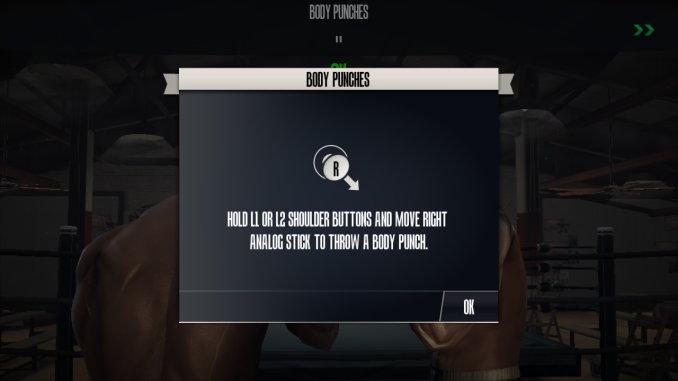

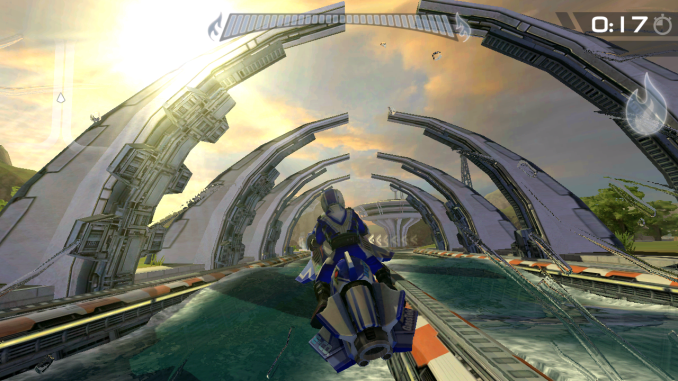
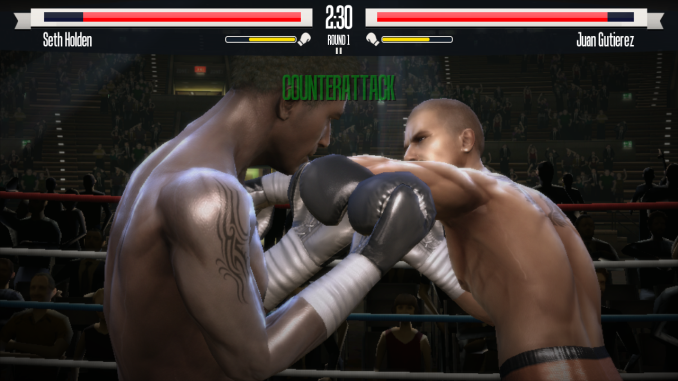
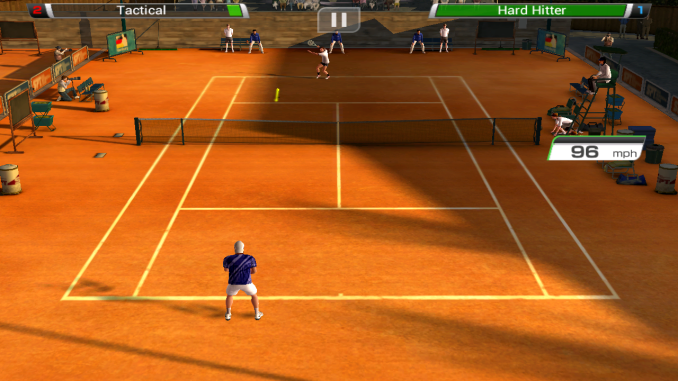
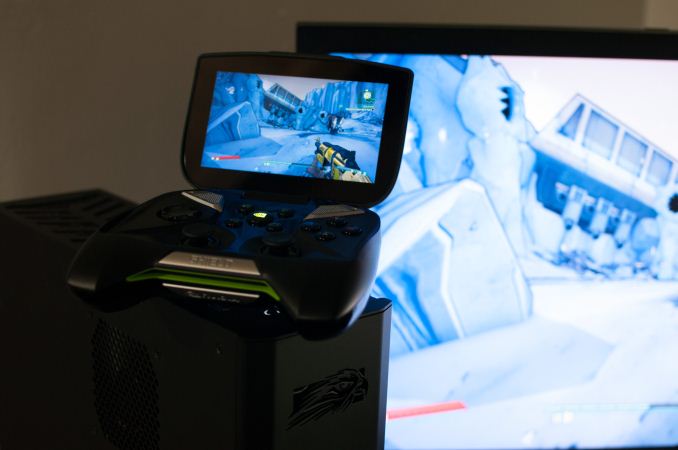
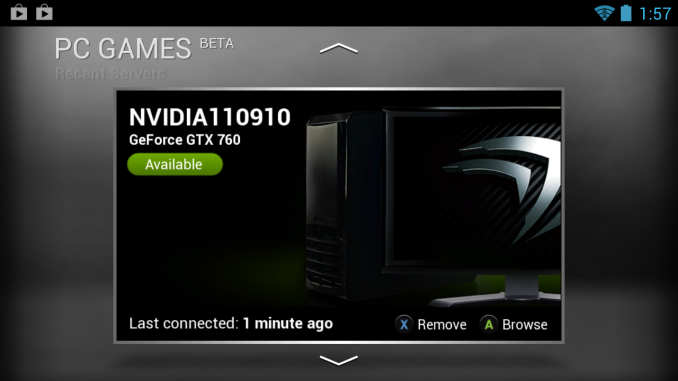

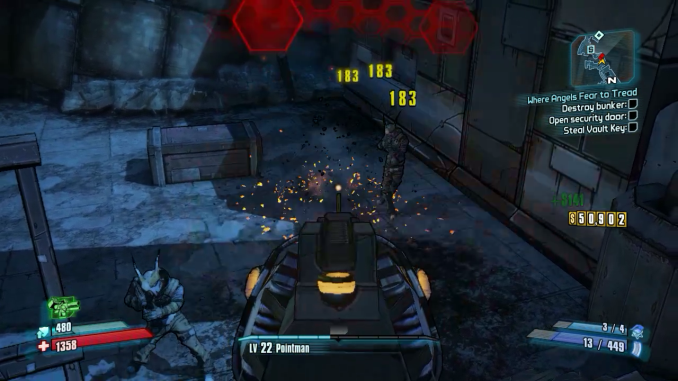
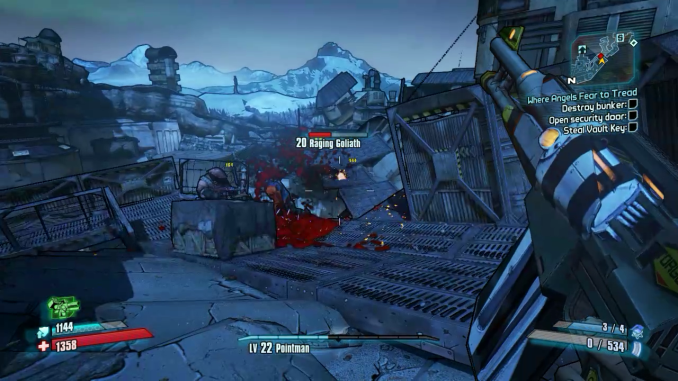
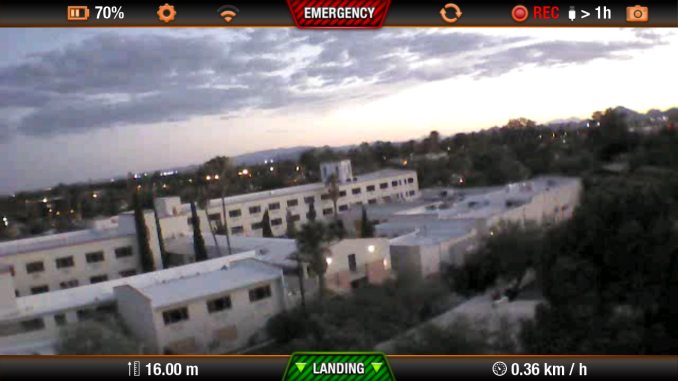
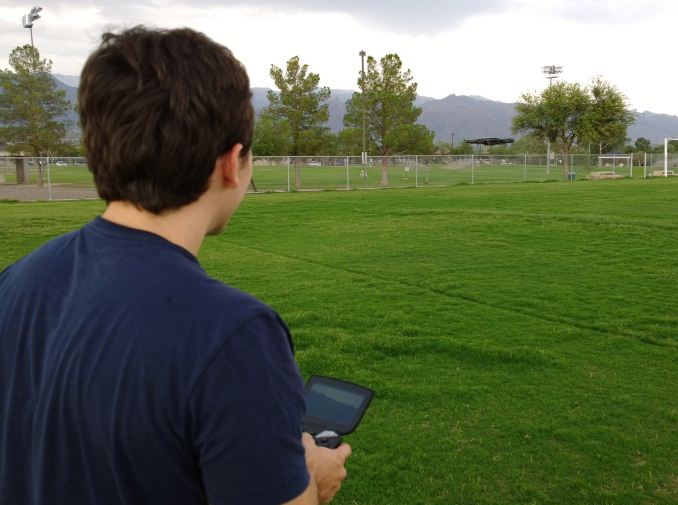
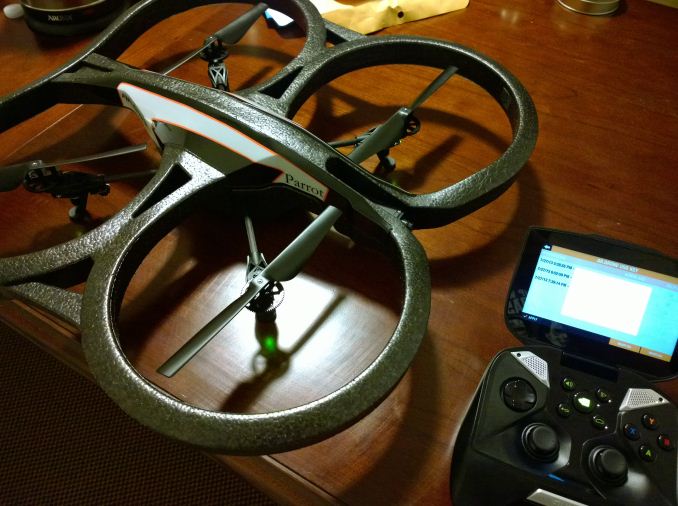








134 Comments
View All Comments
PC Perv - Thursday, August 1, 2013 - link
Sure weight balance matters.. for first 10 minutes or so. And no doubt it will be easier to hold something with evenly distributed weight than, say, something to heavy. But that doesn't mean it's absolute weight dissipate in the air because of shape. You will be holding 579g of weight no matter what. If you think 579g is "light," then I have nothing more to say. But the reviewer's bias is palpable.I'm looking forward to encountering someone holding this abominable. Hopefully he didn't buy this junk after reading this irresponsible "review." Look how this dude goes length to convince readers how this ugly is somehow "elegant."
tabascosauz - Thursday, August 1, 2013 - link
Who are you to hate on Brian?Do you seriously think that a portable game console will weigh the same as a 290g Nexus 7? It's a first step for Nvidia and it's performed well, so how did Brian write an "irresponsible review" and "convince readers how this ugly is somehow elegant"? He already said that he spent 2 hours playing BL2 and didn't feel too uncomfortable, what else do you need? Do YOU have a Nvidia Shield?
Spunjji - Thursday, August 1, 2013 - link
3DS XL: 336gPS Vita (3G): 279g
Not to defend the original poster too much, but the weight is very high for a product of this sort of category and that is indeed something that can only be properly assessed by a longer period of game-play.
Death666Angel - Thursday, August 1, 2013 - link
They are much less powerful, feature fewer and different (in my opinion, a bit inferior) controls, have much less battery life in them and are much less versatile. :) To think the Shield is a hand held console the kind Sony and Nintendo make is very misguided imho.jeffkibuule - Thursday, August 1, 2013 - link
Neither are designed to be very comfortable to hold for an extended period of time. Neither are ergonomic to your hands.PC Perv - Thursday, August 1, 2013 - link
Here is the question I pose to you: when do you think this author will realize this thing is heavy and ugly?Answer: when the next iteration of the Shield comes out. (If it does come out, lol) when the next version sport slimmer, lighter body then he will gush over how much improvement NV have made. He will THEN tell you how NV's first "attempt" was rather clunky and heavy (per "some" users). Until then he will be "oblivious" to the ugliness and monstrosity of this "Shield," and keep asserting how "elegant" and comfortable it is, blindshading potential buyers.
Of course he already knows all this. But in this type of "reviews" often there is something else is at work.
spugm1r3 - Tuesday, August 6, 2013 - link
Most people don't know how heavy or bulky something is, in particular if it is a joy to use, until the next iteration. I used to own an iBook that weighed just shy of 6lbs. It was hardly top of the line, but I loved it. Now, even Apple's most powerful portable is less than 5lbs.Other portable gaming consoles (3DS, Vita) play portable games or, at best, portable versions of console games. This plays PC games, in particular, PC games that are not exactly visual lightweights.
Honestly, some tech websites I could understand your cynicism, but Anandtech generally does a pretty good job of keeping it honest.
Subzero0000 - Thursday, August 1, 2013 - link
579g is definitely "light". There, I said it.I've been using iPad2 for almost 2 years, and I tend to feel it too"light" personally.
As for the Shield, you will hold it with two hands anyway. That weight would means nothing to a full grown man.
Spunjji - Thursday, August 1, 2013 - link
http://www.thefreedictionary.com/relative3.
You're entitled to your opinion but that doesn't make it valid for everyone else. ;)
chizow - Thursday, August 1, 2013 - link
I'm not going to argue the semantics of what you wrote, you questioned whether weight is relative to shape, in the hands, and yes of course it is. Overall the impact of total weight is relative sure, but you also seem to miss the fact people have different tolerances and preferences. Some contemporary and relevant examples today include the 360 controller vs PS3 controller and the iPhone vs. Samsung Galaxy. You will find people on both sides of the fence who prefer or abhor the different weight characteristics of each, based purely on personal preference.As for the commentary on aesthetics, you do realize that is one of the most subjective criteria out there right? That's about as subjective as people's tastes in cars, or even computer chassis. Yet in your criticism of Brian's choice of words, you do realize you come off as every bit the extremist in your own choice of words right?